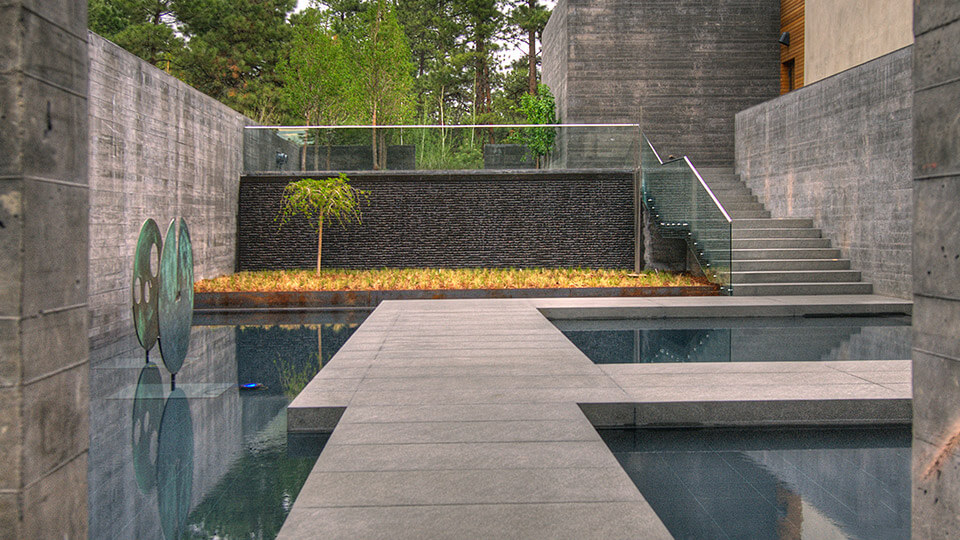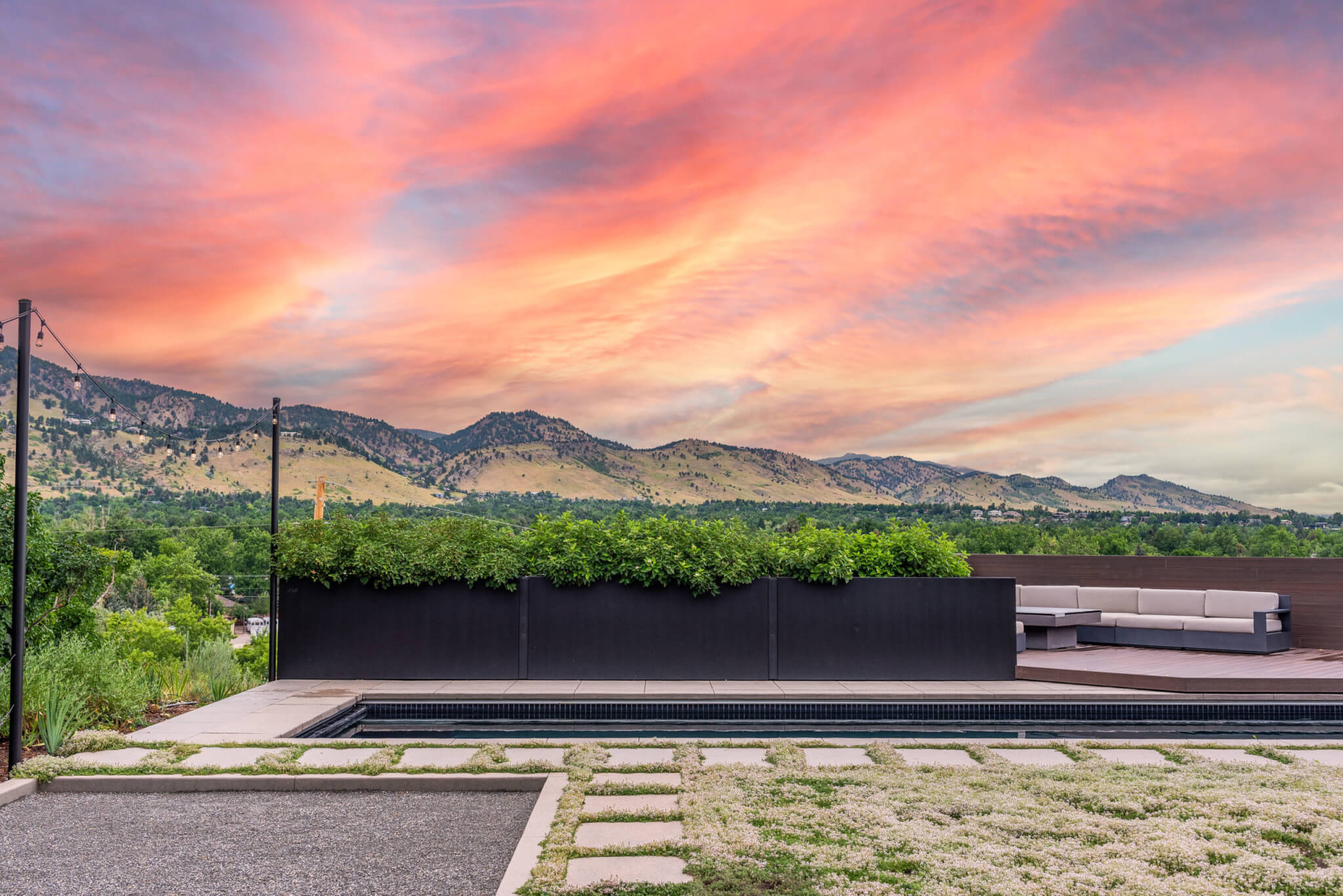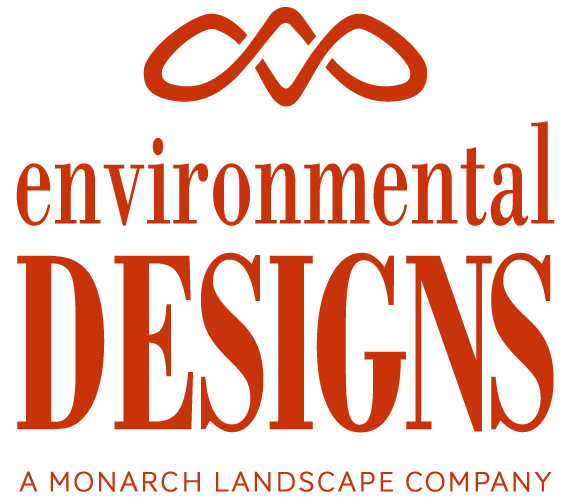
Creative Ways to Incorporate Hardscaping Into Your Landscape Design
Do you want to add a unique touch to your landscape design? Hardscaping can create a more inviting and stylish outdoor area for you and your guests. From patios and walkways to retaining walls, the possibilities for incorporating hardscaping elements into your landscape design are limitless and within your grasp. In this blog post, we’ll explore some creative ways to use hardscapes – from decorative stone designs to outdoor fire pits – so you can create a customized look for your yard that reflects both form and function. By defining distinct spaces with hardscaping materials, you can elevate certain sections in ways you have never seen before! Read on for ideas on how best to utilize hardscape features to maximize the potential of your backyard or front yard.
Understanding Hardscapes: Form and Function
Hardscaping can be a considerable investment for homeowners, so understanding the balance between form and function is essential. Form, or design, is crucial in hardscaping as it sets the tone for your outdoor space. Hardscape elements should complement your home’s architecture to create a cohesive design scheme, enhancing the overall aesthetic appeal of your outdoor space. However, functionality should never take the backseat when designing hardscapes. Functionality is what makes your outdoor space enjoyable and useful. Proper placement and layout of hardscaping elements can offer you privacy, improved drainage, and increased safety. It is essential to consider both form and function when designing your hardscape to create a space that looks good and serves a practical purpose.
Exploring Hardscaping Materials
Metal
Metal is a versatile material that can add a unique and modern look to your landscaping design. Compared to other hardscape materials, it is durable and can withstand harsh weather conditions. It is also low maintenance, requiring occasional cleaning to maintain its beautiful appearance. Additionally, many different types of metal are available in landscaping, from stainless steel to copper, each with its unique look and benefits. Metal can be used as edging for garden beds, as a retaining wall, or even as decorative sculptures to enhance the aesthetic appeal of your outdoor space. One major downside to incorporating metals into a design is often the metal’s weight and the potential cost. Some higher-quality metals such as copper can be quite expensive and potentially much heavier than other counterparts – depending on the metal. By exploring metal as a hardscape material, you can add a touch of sophistication to your landscaping while investing in a long-lasting and low-maintenance solution.

Wood
When it comes to landscape design, choosing the right hardscape materials is crucial to achieving a beautiful and functional outdoor space. Wood, in particular, has become an increasingly popular choice for hardscaping in recent years. Not only is it a sustainable and eco-friendly option, but it also adds a natural, warm touch to any outdoor setting. When exploring wood as a hardscape material, you’ll want to consider factors such as durability, weather resistance, and maintenance. Some popular types of wood for hardscaping include cedar, redwood, and teak, each with unique characteristics and benefits. With proper installation and upkeep, using wood for your landscape design can create a stunning and inviting outdoor area for years. One major downside to utilizing wood hardscapes is their durability. Most woods tend to degrade quicker than other materials and require more upkeep.
Stone
Stone is a versatile, durable, timeless material that can add beauty and practical functionality to any landscape design. With seemingly endless options available in size, shape, texture, and color, stone can create everything from meandering pathways to dramatic retaining walls. Additionally, using stone in your design offers sustainability, as it requires less maintenance than other hardscape materials like wood or concrete. The natural look and feel of stone can also complement any surroundings and blend organically into the environment. If you’re considering using stone in your landscape design, you’re making a smart choice that can add a stunning and long-lasting element to your outdoor space. An issue with incorporating stonework into a property is that it is often laborious to shape the stone to the desired form. The process can take much longer than other options, however, the results are usually astonishing!
Concrete
Concrete is a versatile and durable material that has become increasingly popular for hardscape design in landscaping. It can be molded into various shapes, sizes, and textures, making it a customizable option for any design plan. Concrete also offers a low-maintenance alternative to traditional hardscaping materials such as natural stone or brick. One of the biggest advantages of concrete is its strength and durability. It resists harsh weather conditions and withstands heavy foot traffic without cracking or chipping. With the ability to customize the color and finish, concrete can add a unique touch to any landscape design. Whether you want to create a walkway, patio, or retaining wall, consider the many benefits of using concrete as your hardscaping material. Concrete usually requires time to set and settle. This translates into more time working on the project while it settles and potentially creating space around a concrete truck to get to where it needs to be.

Porcelain
Porcelain may not be the first material that comes to mind when considering hardscape options for your landscape design. Still, it has become increasingly popular due to its durability and aesthetic appeal. Porcelain is a type of ceramic with a non-porous surface that makes it resistant to water absorption and stains. It is also highly resistant to frost, UV rays, and thermal shock, making it an ideal choice for outdoor spaces. In terms of design, porcelain can offer a sleek and modern look with various finishes and textures. It can also mimic other materials like natural stone or wood, adding versatility to your design possibilities. If you’re looking for a durable and stylish option for your hardscape, porcelain is worth exploring.

Hardscape Design Ideas – Traditional v Modern
Regarding hardscape design, there are two main schools of thought: traditional and modern. Traditional hardscape design relies heavily on classic brick, stone, and wood materials. These materials are often used to emphasize their natural beauty and textures. In contrast, modern hardscaping favors clean lines and sleek, contemporary materials like concrete and metal. While each style serves a different aesthetic, many landscape designers prefer blending the old and the new to create a unique, personalized space. By combining traditional and modern hardscape design elements, designers can create a visually striking space, functional, and sustainable. This process should be a fun and creative endeavor between you and the design team. Ultimately, the choice between traditional and modern hardscaping comes from personal preference and space needs.

Hardscape Ideas on a Budget
Creating a unique outdoor space with hardscaping features doesn’t have to be expensive. Plenty of creative ways exist to implement hardscape ideas without breaking the bank. When deciding on how much to spend on a hardscape project, it’s essential to consider your overall budget and prioritize the features you want the most. To save money, consider DIY hardscaping projects like building a smoker pit or creating a garden bed using cinder blocks. Another cost-effective option is repurposing old bricks or pallets for unique hardscape designs. With these budget-friendly ideas, you can transform your outdoor space without breaking the bank.
Front yard Hardscape Ideas
To enhance your home’s curb appeal, hardscaping your front yard with eye-catching designs is a great place to start. Consider incorporating focal points such as water features or sculptures to add visual interest that will draw the eye. Combining hardscape elements with landscaping can create an inviting entrance, with pathways or paver designs leading visitors to your front door. From winding stone paths to stylish concrete designs, there are various ways to design your front yard hardscape to add personality and charm to your home’s exterior. Why not take the opportunity to create a stunning design that truly reflects your style? Finally, consider which way the yard is angled towards the sun. If that section receives a large amount of sunlight, consider lighter-colored materials.

Backyard Hardscape Ideas
Incorporating hardscape designs and features is the way to go if you want to elevate your backyard space into an outdoor oasis. Adding seating areas, fire pits, outdoor kitchens, and pergolas enhances your backyard’s visual appeal and creates functional outdoor entertaining spaces. Imagine hosting a summer barbecue with friends and family while lounging on your stylish outdoor furniture or enjoying the warmth of a fire pit on a crisp autumn evening. And when you’re not entertaining, you can relax in your tranquil backyard retreat, complete with a well-designed pergola and lush landscaping. With endless possibilities for design and customization, incorporating hardscapes in your backyard is the ultimate way to turn your outdoor space into a luxurious retreat.

Additional Considerations and Tips – Tips for Installing Hardscape Elements on Sloped Surfaces
Designing and building hardscape features on sloped surfaces can present unique challenges, but with the right approach, it can also create visually stunning and practical outdoor spaces. Incorporating terraced designs and retaining walls can provide stability and prevent soil erosion, ensuring safety and longevity for your hardscape project. However, it’s vital to ensure proper drainage to prevent water buildup and damage, especially in areas with heavy rainfall. When it comes to hardscaping over existing concrete, it’s possible but requires additional preparation and may limit your design options. The best time of year for hardscaping depends on your local climate and the desired materials you plan to use. Spring and fall are generally considered ideal for many projects, however at Environmental Designs we recommend beginning your talks with our experts in the Winter or Summer. Finally, you can use landscaping and hardscaping to increase home security by adding fences, lighting, and even natural barriers like thorny plants.
Understanding and Implementing Hardscapes is Easier than Ever at Environmental Designs!
Everyone’s outdoor environment is unique and deserves to be given the attention, care, and creativity it needs. Professional hardscaping can add a unique look to your landscape design, leaving passersby’s in admiration and your peers astonished! Whether you are looking for stylish features or something more basic yet functional, there are plenty of options for hardscaping. Use stone pathways and patios to create depth and texture within your outdoor living space. Understanding form versus function when designing, exploring the different hardscaping materials available, deciding an aesthetic to work off of, cost, and where the yard is located are all important considerations when planning the yard of your dreams. With so many ways to enhance your landscape design with hardscaping, let the professionals at Environmental Designs help create a one-of-a-kind outdoor area that suits all your outdoor lifestyle needs.
Contact Environmental Designs today for all of your residential and commercial needs.




